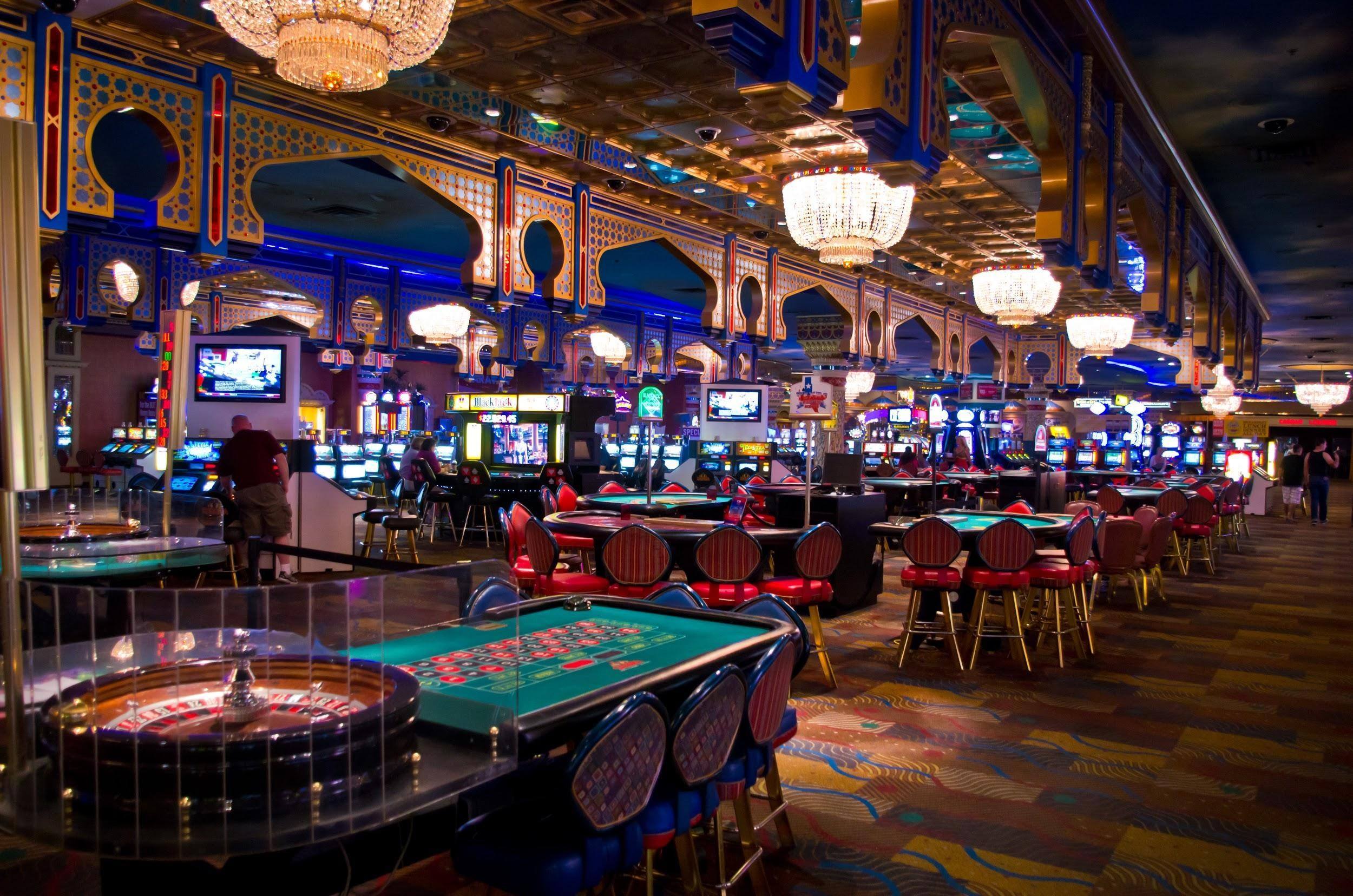
Casino games have long captivated the human imagination, drawing participants into a realm filled with fortune, strategy, and the allure of excitement. Each activity is meticulously crafted not just for fun, but also to inspire particular emotional responses that keep players engaged and committed. Understanding the motivations behind these designs reveals much about how behavioral psychology plays a crucial role in the gaming experience.
From the bright lights and vibrant sounds to the sophisticated layering of guidelines and payoffs, casino games are designed to create an atmosphere of anticipation and expectation. Game designers leverage mental cues to influence player behavior, whether through the use of big prizes, almost wins, or social connections. By examining these elements, we can better appreciate how casino games fulfill not just a want for entertainment, but underlying psychological needs for adventure and risk.
Comprehending Player Behavior
Casino games are engineered with a thorough grasp of gamer psychology, which is essential for drawing in and keeping players. The thrill of the game, coupled with the expectation of winning, produces a formidable attraction. Game designers utilize elements like sonic elements, colorful graphics, and engaging gameplay to capture attention and generate emotional responses. These sensory elements enhance the immersive experience, making players feel more invested in the game.
Another significant aspect of player behavior is the idea of risk versus reward. Casino games often weigh high-risk scenarios with the potential for substantial rewards, which can result in the phenomenon known as near-miss phenomenon. When players come close to winning, the brain secretes dopamine, reinforcing their behavior and motivating them to continue playing in pursuit of that elusive win. This cycle of wish and letdown plays a critical role in how games are designed and advertised.
Lastly, community aspects also play a pivotal role in player behavior at casinos. Many games are designed to be played in groups or in company with other players, nurturing a sense of belonging and shared experience. The interaction inherent in games like blackjack enhances enjoyment and can lead to longer play sessions. Designers leverage on this by designing environments that invite players to linger, socialize, and return, making the overall casino experience more attractive.
The Role of Visuals and Audio
Visuals and audio play a vital role in improving the player’s experience within gambling games. Designers utilize bold colors, striking graphics, and captivating animations to grab gambler’s attention and hold their focus. The use of themes, such as exploration or luxury, helps create an engaging atmosphere that takes players into another world. By connecting to the senses, these elements contribute to a intensified emotional response, encouraging players to engage more profoundly with the games.
Audio design is equally important in enhancing the overall experience of casino games. The mix of ambient music, audio effects for winning combinations, and environmental noises creates an auditory landscape that keeps players fascinated. Audio cues associated with victories, such as ringing bells or celebratory music, evoke feelings of thrill and satisfaction, encouraging players to keep playing. These audio cues are carefully placed to amplify the thrill of the game and create a more engaging experience.
Additionally, the synchronization of imagery and sound is important for reinforcing the game’s overall concept and atmosphere. Each element should coordinate harmoniously to create a unified experience that draws players in. The effective use of this integration not only enhances user satisfaction but also increases the chances of repeat play, as players become more invested in the captivating world that the casino games offer. This thoughtful integration of visuals and audio ultimately enhances player involvement and loyalty.
Reward Systems and Engagement
The design of gambling games greatly depends on reward systems to ensure participants involved and coming back for additional experiences. These structures are based in psychological theories that take advantage of human behavior and motivation. Participants are often driven by the excitement of winning, which is supported by immediate feedback through the game structure’s mechanics. This prompt satisfaction not just improves the overall experience but also cultivates a feeling of achievement, encouraging players to keep participating in hopes of bigger gains.
Casinos utilize various reward structures, such as large payouts, bonuses, and increased rewards, to engage participants. These features create a layer of excitement that maintains engagement. Additionally, the unpredictability of outcomes plays a crucial role in sustaining interest. The intermittent reinforcement schedule, where wins are unpredictable but occur often enough, maintains participants on edge and motivated to keep playing. This loop of hope and expectation is essential to the effectiveness of gambling experiences.
In addition, community aspects, such as competitive events and multiplayer features, enhance the participation factor by leveraging the competitive nature of players. The communal aspect of playing with others can intensify the thrill of winning and create a community atmosphere within the gaming space. By combining these community elements with effective incentive structures, gambling experiences don’t just provide entertainment but also nurture a deeper bond among participants, solidifying their loyalty to the gaming experience.
Sunwin